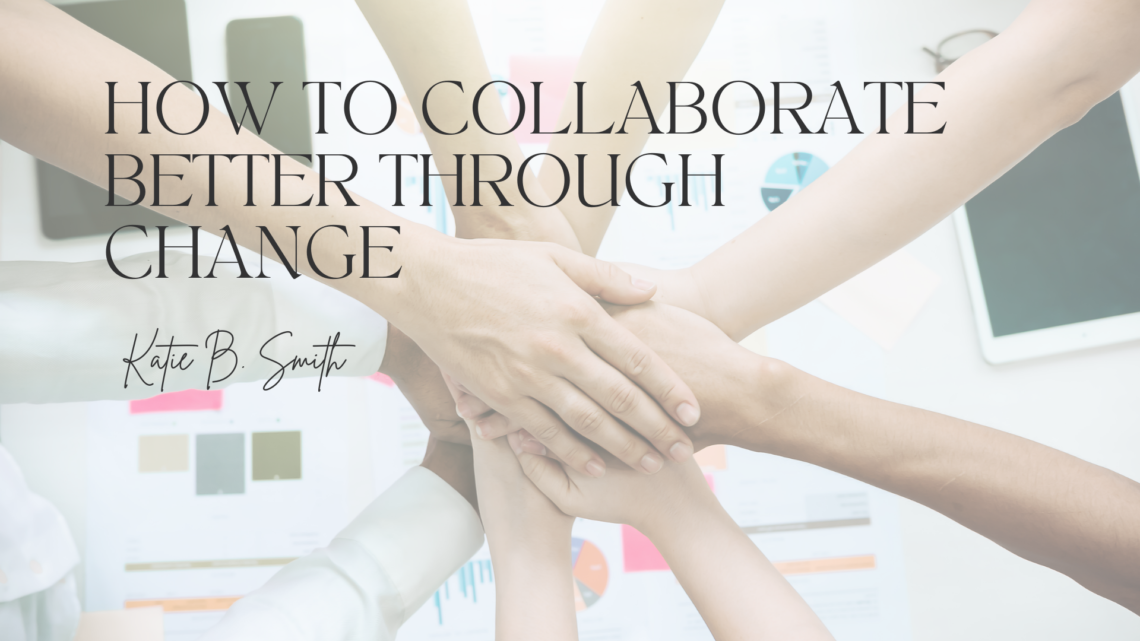How to Collaborate Better Through Change
I have noticed an increasing number of clients trying to figure out how to navigate ambiguity while being a good partner to their clients and an effective leader for their teams. When it comes to collaborating, we typically think about others being involved, and while that is one aspect of collaboration, I want to talk about it from the intrapersonal aspect.
The question I would like to propose is how are you collaborating with yourself? Consider the different voices and stories that play out in your head: the negative parts, the positive parts, the parts that challenge you, and the parts that cheer you on.
To experience true collaboration with others requires many qualities; these are a few I find thought-provoking:
- Being naturally curious
- Trusting others will do their best
- Seeing conflict as good
- Respecting differences of opinions and thoughts
- Not rushing just to get something done
- Being able to adapt your communication style to others
- Being comfortable with ambiguity
- Seeing all partners as equal
If we take the above qualities one by one and think about their opposite, here are examples of how it applies on an individual basis:
- Having your own agenda
- Using past experiences and stories to muddy the current experience
- Resisting conflict by shutting down, walking away or changing the topic
- Making judgements, being defensive or needing to justify your own ideas and opinions
- Being present and open to an exploratory dialogue to reach agreement
- Taking the initiative to adjust your communication style based on who you’re speaking with
- Needing to control the outcome and how you get there
- Operating from hierarchical thinking about the people involved
Of the bulleted points above, what 2-3 qualities may be areas of focus that you may improve upon to be a better collaborator?
Collaboration requires us to be generous with others in reference to our thoughts about them, not operating from past stories or experiences. It teaches us to not only develop practices, but also ways of thinking and being that keep us in the present moment.
The ability to be able to stay present and flex new muscles and ways of thinking that can only support us in being more nimble, creative and open to new ways to innovate as we are navigating unknown territory and continual changes. If you’re having a hard time letting go of control, here is a reminder that may be helpful in surrendering to the flow of the unknown:
For organizations learning how to build their collaboration muscle, click here to access a white paper that may support you in making the shift with your culture:
